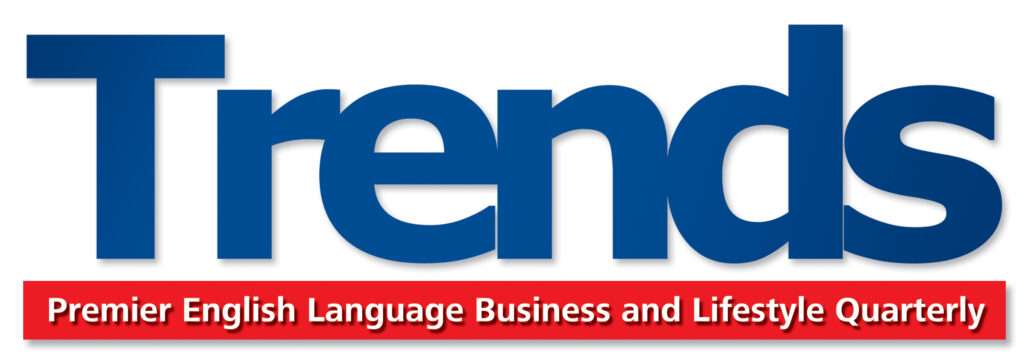By : Andreas Schweitzer ,Arjan Capital Ltd., London
 Arjan Capital is a London-based FCA-regulated corporate and trade-finance firm, specialising in cross-border M&A advisory, with a particular focus on central Asia and the Middle East, where our success streches back over 10 years.
Arjan Capital is a London-based FCA-regulated corporate and trade-finance firm, specialising in cross-border M&A advisory, with a particular focus on central Asia and the Middle East, where our success streches back over 10 years.
The Asian Development Bank has cited the annual trade finance gap, or the non-financed trade volume, to be 1.5 trillion USD globally or eight to ten percent of global trade. For centuries, banks have facilitated cross-border trade finance, covering the risk of non-payment and have made a fortune doing so. Post 2008 regulatory requirements affected trade and trade finance in the most detrimental way.
The World Trade Organization (WTO) cites over-regulation and macroeconomic mismanagement as the most significant barriers to trade finance. Trade finance is crucial to the health of local and global economies. Importers need the guarantee that they will receive the goods and manufacturers require to be paid on time. With over-regulation, over compliance and Basel III regulations, banks are increasingly unwilling and uninterested to finance SME (small and medium-sized enterprises) trade.Equity requirements and lack of leverage render trade finance expensive, hence often unattractive for banking institutions.
This is surprising since trade finance is a safe investment with less than one percent of transactions defaulting. Global Trade Investment, as we call it, is an underrated asset class. Many banks have faced severe losses due to fraudulent activities. The size of the transactions makes it difficult for the banks to control the process, and scrutinize the markets and counterparties. Various sanction regimes and the restrictive environment of many countries in Asia only deter them. This has led to the massive trade finance gap. The World Economic Forum has estimated that the trade finance gap could reach even 2.5 trillion USD by 2025 as manufacturing shifts from China to smaller countries in Asia and Africa.
Effects of COVID-19 on the Trade Finance Market
Big banks have been pulling out of the commodity trade financing market since before the start of this pandemic. COVID-19 has intensified the pressure that banks are under, including lack of funding and increased capital adequacy requirements from international regulatory bodies. When big banks such as ABN Amro, ING and BNP Paribas are only willing to support larger companies, it could signal the demise of SMEs. John Denton, the Secretary General of the International Chamber of Commerce (ICC), commented in his letter to the Financial Times on September 18th, 2020 that the lack of SME funding is a G-20, hence global problem.
SMEs represent a significant portion of the global food chain; however, they might soon find themselves unable to receive adequate financing for shipping or manufacturing. Consequences can include price hikes and food insecurit.
Solutions
Companies having difficulties finding working capital and debt financing, calls for a stronger balance sheet by adding investor equity, which often leads to dilution of the existing shareholder base.
We see an opportunity for both buyers and investors to finance short term trades with what we coined “short-term equity” or STE.
STE is not a contradiction; it does exactly what its terms suggest, providing the buyers with the financial means to complete a purchase that their balance sheet could not afford, while providing the investors with a relatively high yielding short-term asset-backed investment. As with all equity, STE is remunerated with a share of the profit of the transaction, not with interests.
How we make trade financing work when banks will not
•Banks’ regulations in 2020 increasingly prohibit rather than enable businesses;
•Their sheer size often makes it difficult to scrutinize far away vendors economically;
•Smaller private sector entities are less bound by such stringed regulations.
Our Preferred Trade Investment Strategy
1. Repeated trade investment should be a critical feature in any trade investment strategy.
2. We prefer business continuity over spot transactions.
3. Any funding should not exceed 80 percent of the transaction percent of the required funding which
also serves as first loss protection.
4. We prefer to own the underlying asset for the duration of the financing period.
5. We mitigate risk with Letters of Credit, export-credit insurance, where available, and partial prepayment.
6. Utilize short trade cycles of 30 and 120 days.
7. Focus on process and execution more than sectors or geography



